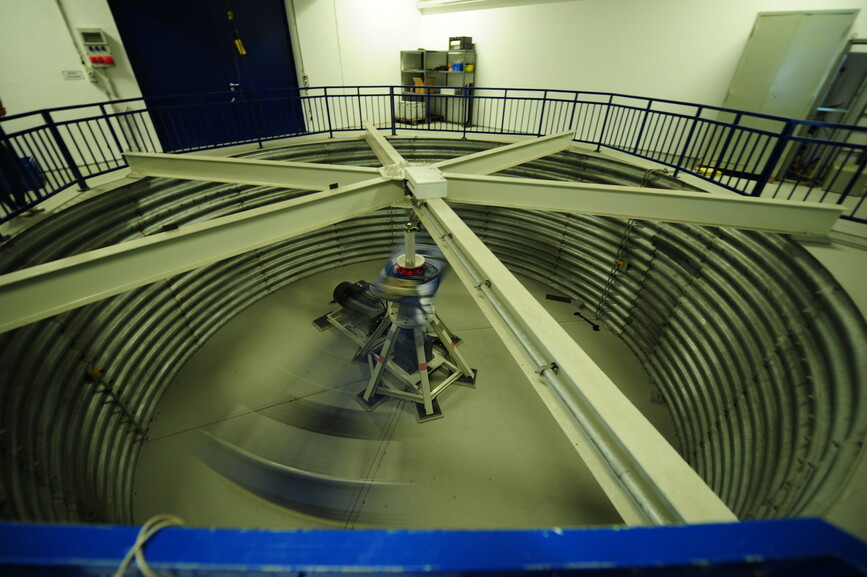Unbreakable quantum entanglement
10.05.2017
Einstein’s theory of relativity and the theory of quantum mechanics are two important pillars of modern physics. On the way of achieving a “Theory of Everything”, these two theories have to be unified. This has not been achieved as of today, since phenomena of both theories can hardly be observed simultaneously. A typical example of a quantum mechanical phenomenon is entanglement: This means that the measurement of one of a pair of light particles (photons) defines the state of the other photon immediately, regardless of their separation. High accelerations on the other hand can best be described by the theory of relativity. Now for the first time, quantum technologies enable us to observe these phenomena at once: The stability of quantum mechanical entanglement of photons pairs can be tested while the photons undergo relativistically relevant acceleration.
Quantum entanglement proves to be highly robust
Researchers of the Viennese Institute of Quantum Optics and Quantum Information (IQOQI) of the Austrian Academy of Sciences (ÖAW) have now investigated this area of research experimentally for the first time and have published their findings in “Nature Communications”. They could show in their experiment that entanglement between photons survives even when the source of entangled photon pairs including the detectors are experiencing free fall or are being accelerated with 30g, that is, 30 times the Earth’s acceleration. Doing so, the Viennese researchers have experimentally established an upper bound below which there is no degradation of entanglement quality.
Important for quantum experiments with satellites
“These experiments shall help to unify the theories of quantum mechanics and relativity”, says Rupert Ursin, group leader at IQOQI Vienna. The sturdiness of quantum entanglement even for strongly accelerated systems is crucial also for quantum experiments in space. “If entanglement were to fragile, quantum experiments could not be carried out on a satellite or an accelerated spacecraft or only in a very limited range”, exemplifies Matthias Fink, first author of the publication.
12 meters falling height and 30g
In order to prove the robustness of quantum entanglement, quantum physicist Matthias Fink and his colleagues mounted a source of polarization entangled photon pairs in a crate which was firstly dropped from a height of 12 meters to achieve zero gravity during the fall. In the second part of the experiment, the crate was fixed to the arm of a centrifuge and then accelerated up to 30g. As a comparison for the reader: A roller coaster ride exerts maximally 6g on the passengers.
Detectors mounted on the crate monitored the photons’ entanglement during the experiments. Analysing the data, the physicists could calculate an upper bound of disadvantageous effects of acceleration on entanglement. The data showed that entanglement quality did not significantly exceed the expected contribution of background noise. “Our next challenge will be to stabilize the setup even more in order for it to withstand much higher accelerations. This would enhance the explanatory power of the experiment even further”, says Matthias Fink.
PUBLICATION:
M. Fink, A. Rodriguez-Aramendia, J. Handsteiner, A. Ziarkash, F. Steinlechner, T. Scheidl, I. Fuentes, J. Pienaar, T. C. Ralph, and R. Ursin, Nat Commun 8, 1 (2017).
DOI: 10.1038/ncomms15304
URL: https://www.nature.com/articles/ncomms15304
PICTURES
